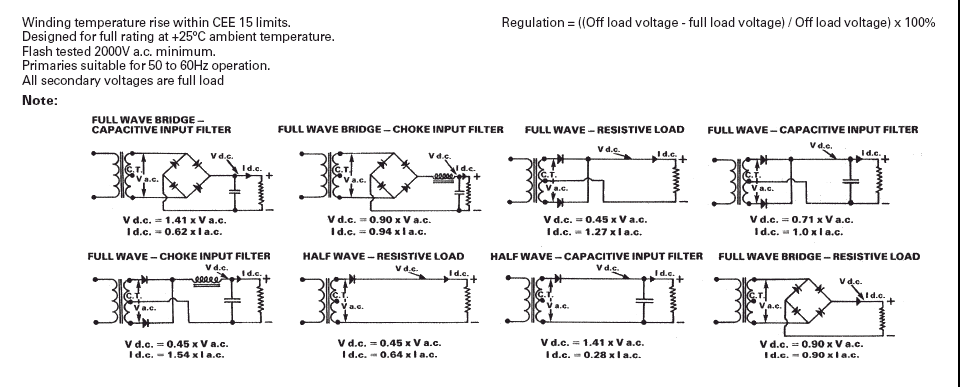yellowmania
Junior Member level 1
I have a circuit with a 12V AC supply adapter frequency of 50Hz, one diode and a 100K Load Resistor all in series. i have measured the voltage with a multimeter set to DC across the load resistor to be 5.8 Volts but i'm rusty on the theory as to why i have gained this value. As the supply is 12V and the wave is half rectified is it simply a case of half waveform half voltage? or is there more to it, Any Ideas would be helpful!
Last edited:
